Home>Ideas and Tips>DIY Guide To Installing A Kitchen Under-Cabinet Herb Growing System
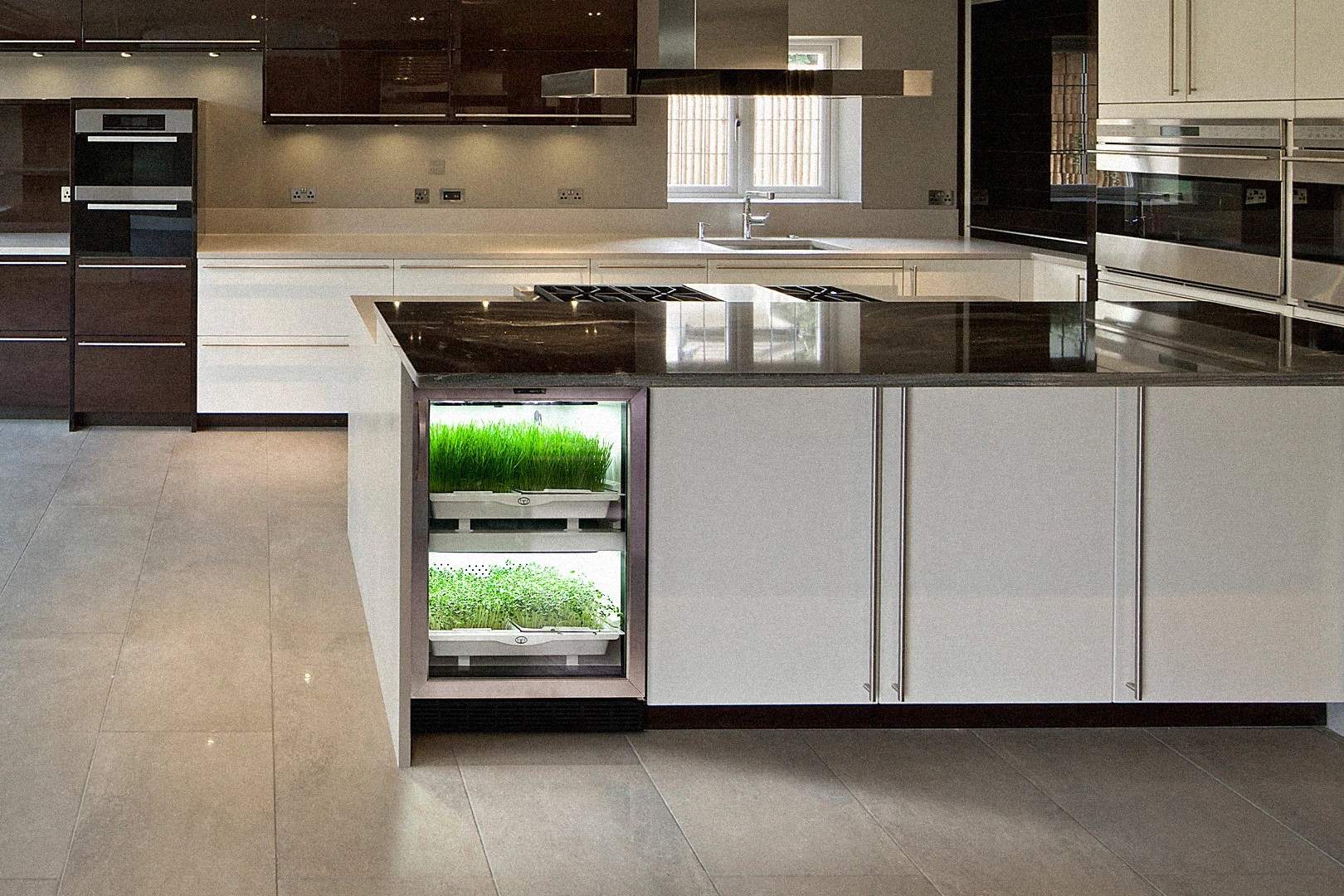

Ideas and Tips
DIY Guide To Installing A Kitchen Under-Cabinet Herb Growing System
Published: September 1, 2024
Learn how to install a space-saving under-cabinet herb growing system in your kitchen for fresh, year-round herbs with our easy DIY guide.
(Many of the links in this article redirect to a specific reviewed product. Your purchase of these products through affiliate links helps to generate commission for Storables.com, at no extra cost. Learn more)
Growing your own herbs in the kitchen is a fantastic way to ensure you always have fresh flavors at your fingertips. However, traditional herb gardens often require a lot of space and can be challenging to maintain, especially if you live in an apartment or have limited outdoor space. An under-cabinet herb growing system is a perfect solution for these situations, providing a compact and efficient way to cultivate your favorite herbs right in your kitchen.
Why Choose an Under-Cabinet Herb Growing System?
Space Efficiency: Under-cabinet herb gardens are designed to fit snugly under kitchen cabinets, making them ideal for small kitchens or apartments. This space-saving design ensures that you can grow your herbs without sacrificing valuable counter space.
Year-Round Access: Unlike outdoor gardens, under-cabinet herb gardens are protected from the elements and can be used year-round. This means you can enjoy fresh herbs even during the winter months when outdoor gardening might be challenging.
Convenience: Having your herbs right above your cooking station makes it incredibly convenient to harvest and use them immediately. This convenience can elevate your cooking experience and make meal preparation more enjoyable.
Low Maintenance: Under-cabinet herb gardens are generally easy to maintain. They require minimal watering and care, making them perfect for busy home cooks who want to enjoy fresh herbs without the hassle of extensive gardening.
Materials Needed
To install an under-cabinet herb growing system, you will need the following materials:
-
Under-Cabinet Shelf or Rack: This is the primary structure that will hold your herb plants. You can purchase a pre-made under-cabinet shelf or rack specifically designed for this purpose.
-
Planters or Pots: Choose planters or pots that fit well on the shelf and have good drainage holes to prevent waterlogged soil.
-
Herb Plants: Select the herbs you want to grow, such as basil, rosemary, thyme, cilantro, dill, and lemon balm. Make sure to choose varieties that thrive in indoor conditions.
-
Soil and Fertilizer: Use high-quality potting soil and organic fertilizer suitable for indoor plants.
-
Watering System (Optional): If you prefer not to water your herbs manually, consider investing in an automated watering system.
-
LED Grow Lights (Optional): If your kitchen does not receive sufficient natural light, LED grow lights can provide the necessary illumination for your herbs.
Step-by-Step Installation Guide
Measure Your Space
Before you start shopping for materials, measure the space under your cabinets to determine the size of the shelf or rack you need. Consider the width and depth of the area and how many planters you can fit comfortably.
Choose Your Shelf or Rack
Select an under-cabinet shelf or rack that fits your measured dimensions. You can opt for a fixed or adjustable shelf depending on your needs. Some shelves come with built-in planters, while others require you to add your own pots.
Prepare Your Planters
Choose planters that are at least 6-8 inches deep to accommodate the root systems of your herbs. Ensure that each planter has drainage holes to prevent waterlogged soil. If you're using pots without built-in drainage, add a layer of small rocks or gravel at the bottom of each pot before filling with soil.
Select Your Herbs
Decide which herbs you want to grow in your under-cabinet garden. Popular choices include basil, rosemary, thyme, cilantro, dill, and lemon balm. Consider the climate and light conditions in your kitchen when selecting your herbs.
Plant Your Herbs
Plant your herbs in the prepared planters using high-quality potting soil. Follow the specific planting instructions for each type of herb you're using. Generally, herbs prefer well-drained soil and full sun to partial shade.
Install the Shelf or Rack
Mount the shelf or rack under your cabinets using screws or brackets provided with the product. Ensure it is securely fastened to prevent it from falling or shifting over time.
Add LED Grow Lights (Optional)
If your kitchen lacks sufficient natural light, consider adding LED grow lights specifically designed for indoor plants. These lights can be programmed to provide the necessary amount of light for optimal herb growth.
Water and Maintain Your Herbs
Water your herbs regularly but avoid overwatering. Check the soil moisture daily and water only when necessary. Fertilize sparingly as most herbs do not require additional nutrients beyond regular potting soil.
Tips for Success
-
Lighting: Most herbs require at least six hours of direct sunlight per day. If this isn't possible in your kitchen, use LED grow lights to supplement natural light.
-
Temperature: Herbs generally thrive in temperatures between 65°F to 75°F (18°C to 24°C). Avoid placing your herb garden near heating vents or drafty windows.
-
Humidity: Indoor kitchens can be dry environments for plants. To combat this, you can place the herb garden near a humidifier or mist the plants occasionally.
-
Pest Control: Check your herbs regularly for pests like spider mites, mealybugs, or aphids. Use organic pest control methods whenever possible.
-
Pruning: Regular pruning is essential for maintaining healthy herb plants and encouraging new growth. Trim off any dead or dying leaves or stems as needed.
-
Harvesting: Harvest your herbs regularly to encourage continuous growth and prevent them from flowering prematurely.
Common Herbs for Under-Cabinet Gardens
Basil
Basil is a popular choice for under-cabinet gardens due to its versatility in various dishes like pesto, pasta sauces, and salads.
Rosemary
Rosemary is another favorite herb that pairs well with roasted meats and vegetables. It's also known for its medicinal properties and can be used in teas or as a natural remedy.
Thyme
Thyme adds a floral scent to dishes and is often used in soups, stews, and marinades. It's also known for its antibacterial properties.
Cilantro
Cilantro has a fresh, citrusy flavor that enhances Mexican and Asian dishes. It's relatively easy to grow indoors but can be sensitive to temperature changes.
Dill
Dill is essential for homemade pickles and dips like ranch dressing. Its flowers are also edible and can be used as garnishes.
Lemon Balm
Lemon balm has calming properties and can be used in teas or cocktails for its citrusy flavor. It's also known for repelling mosquitoes and other pests.
Conclusion
Creating an under-cabinet herb growing system is a simple yet rewarding project that can enhance your cooking experience and provide fresh flavors year-round. By following these steps and tips, you can enjoy the benefits of having your own kitchen herb garden without sacrificing valuable space or requiring extensive gardening knowledge. Happy growing
Was this page helpful?
At Storables.com, we guarantee accurate and reliable information. Our content, validated by Expert Board Contributors, is crafted following stringent Editorial Policies. We're committed to providing you with well-researched, expert-backed insights for all your informational needs.
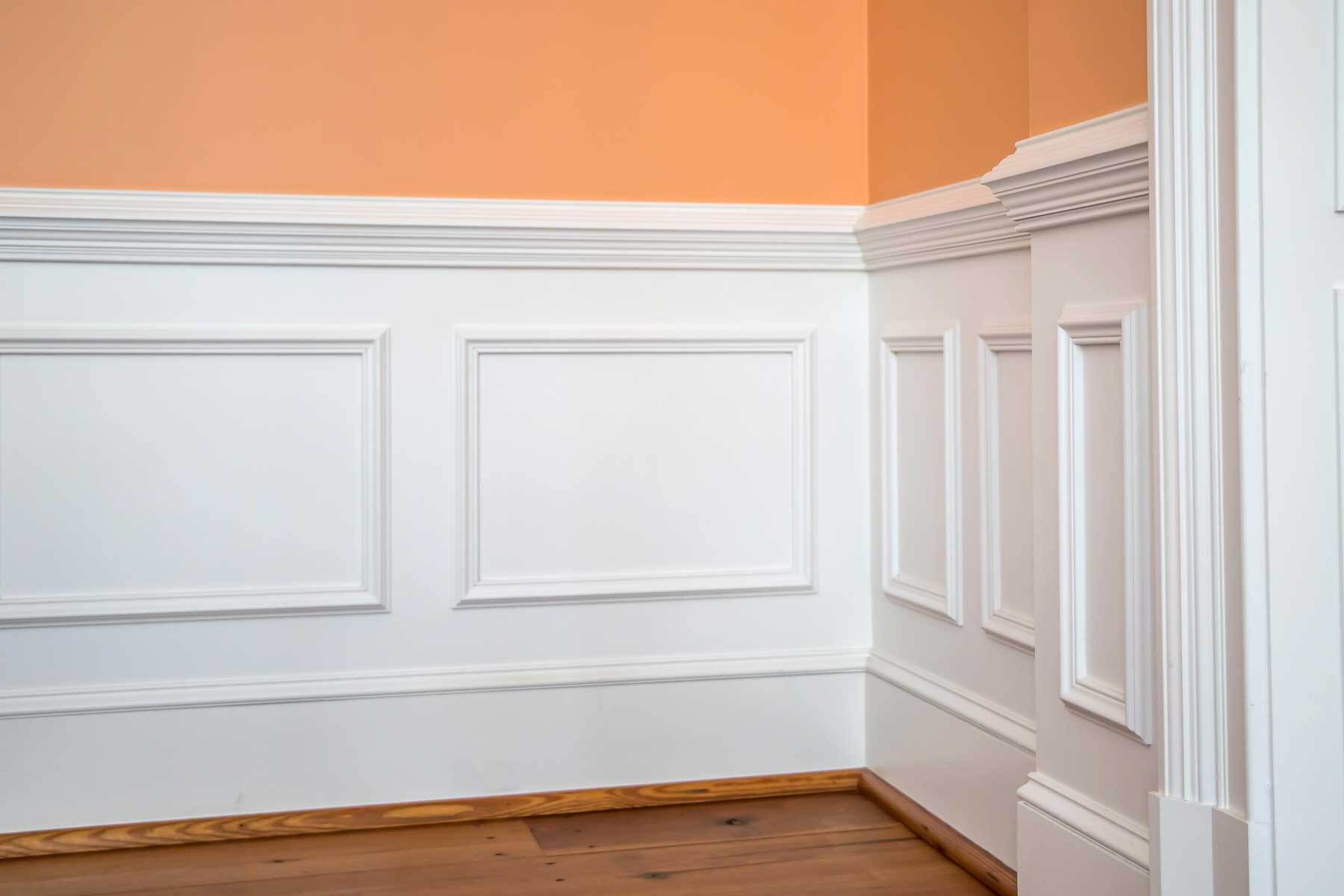
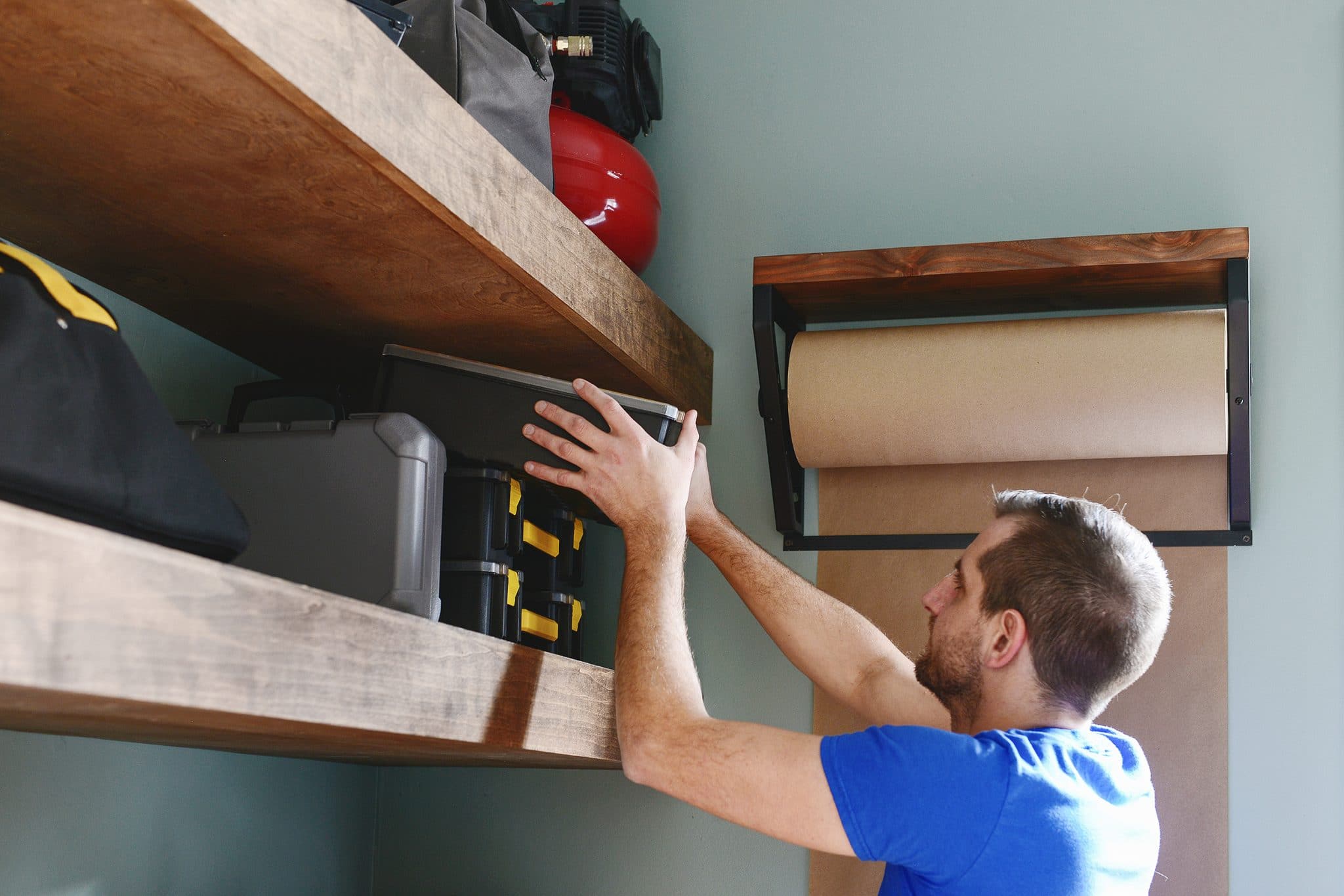
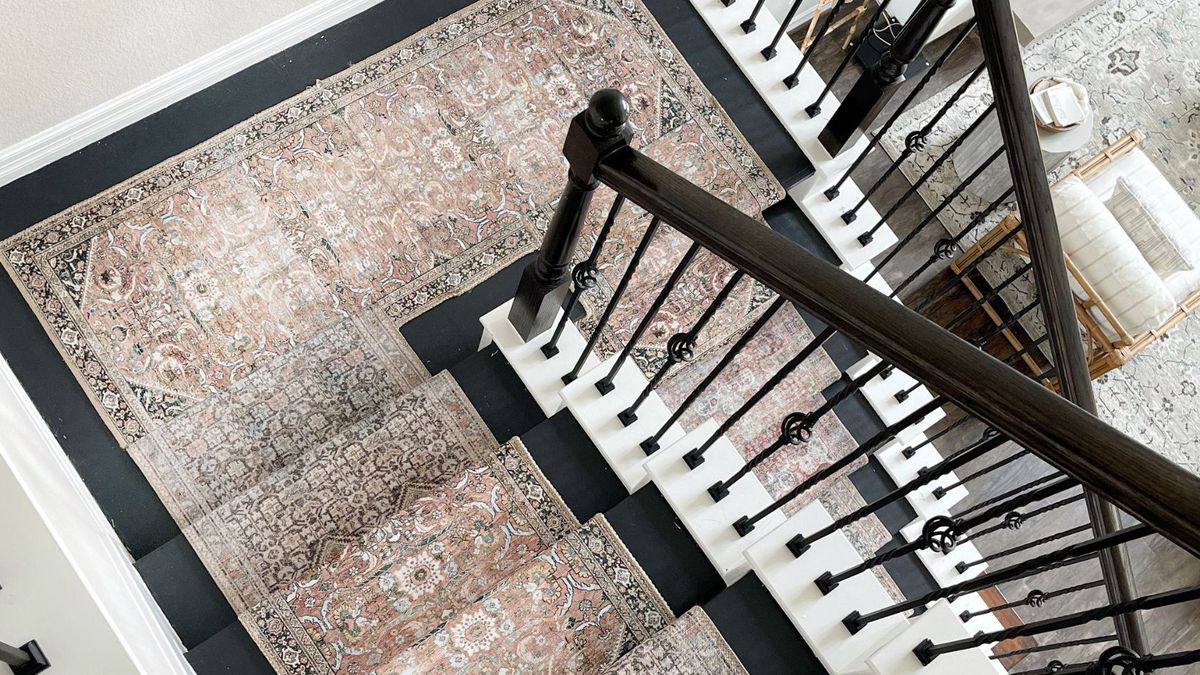
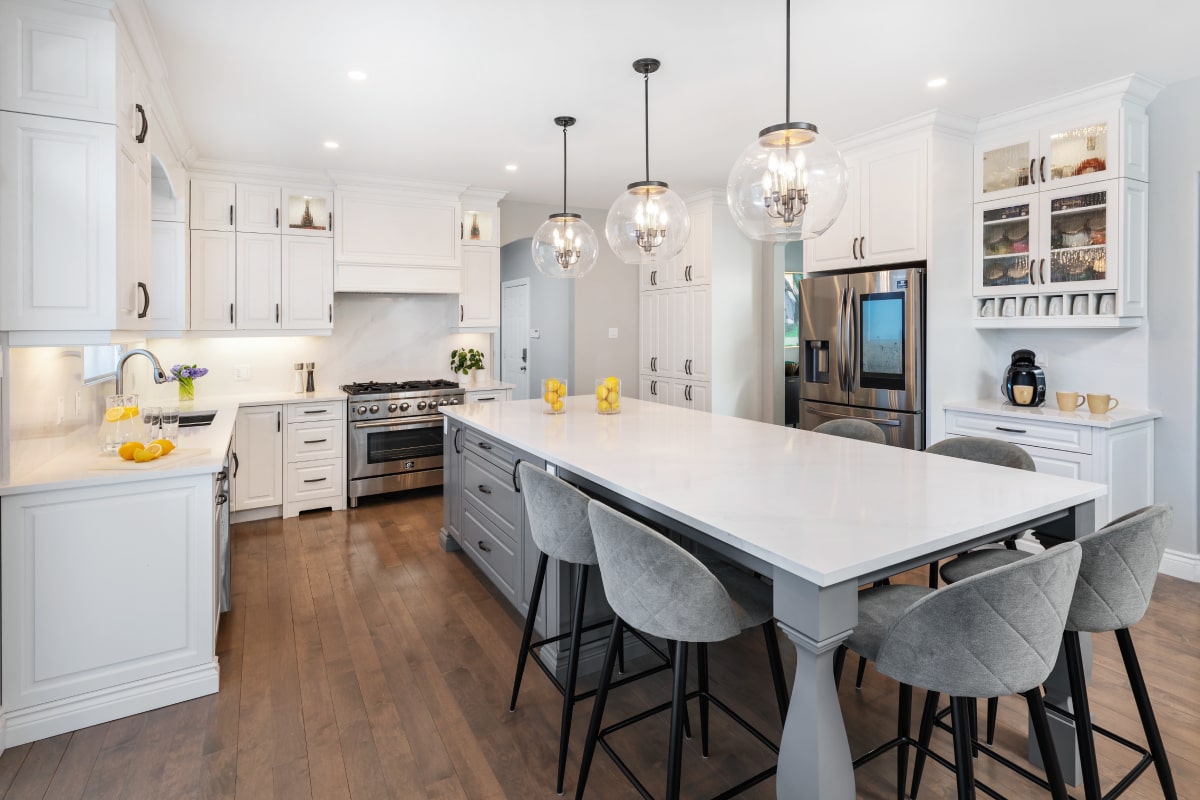
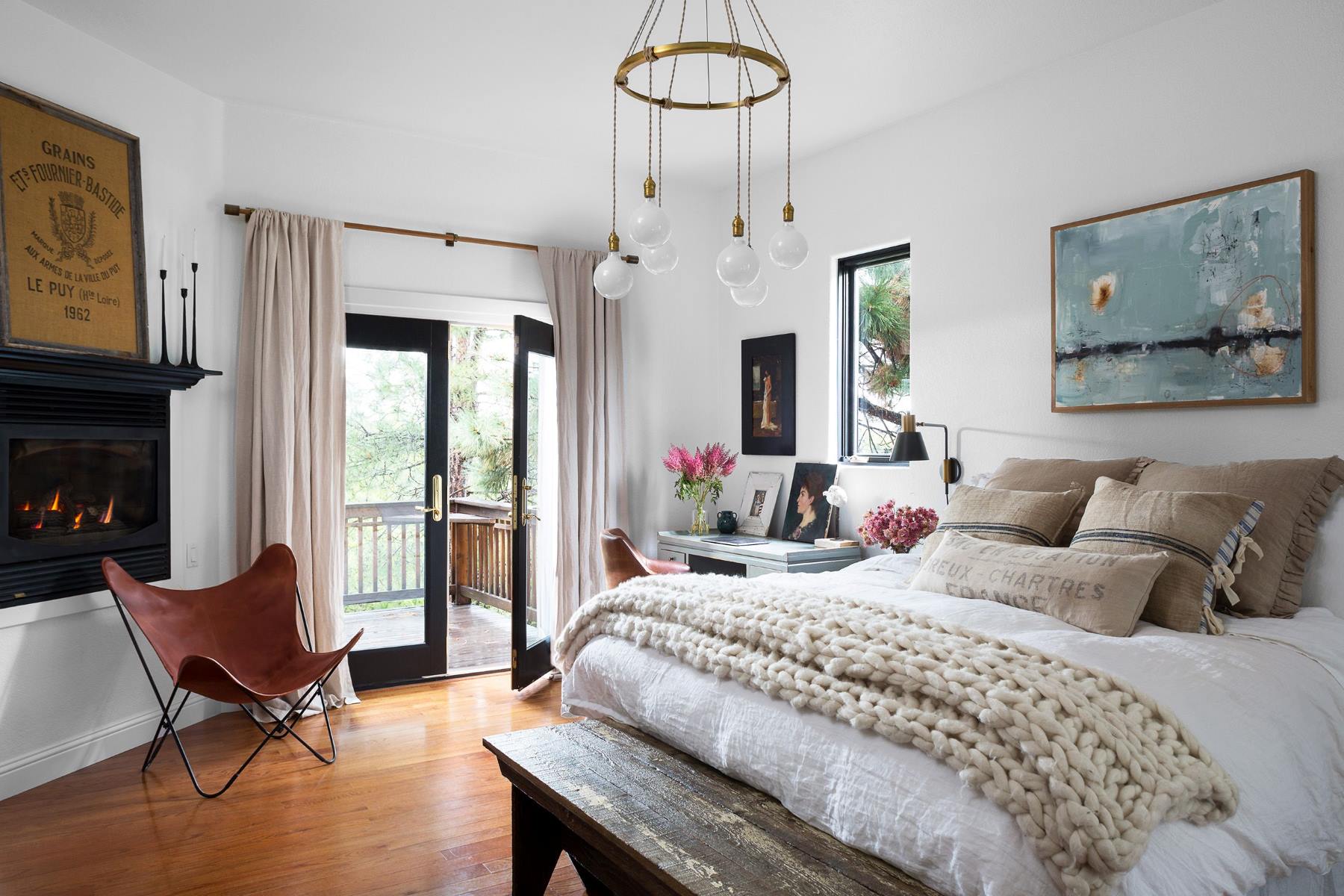
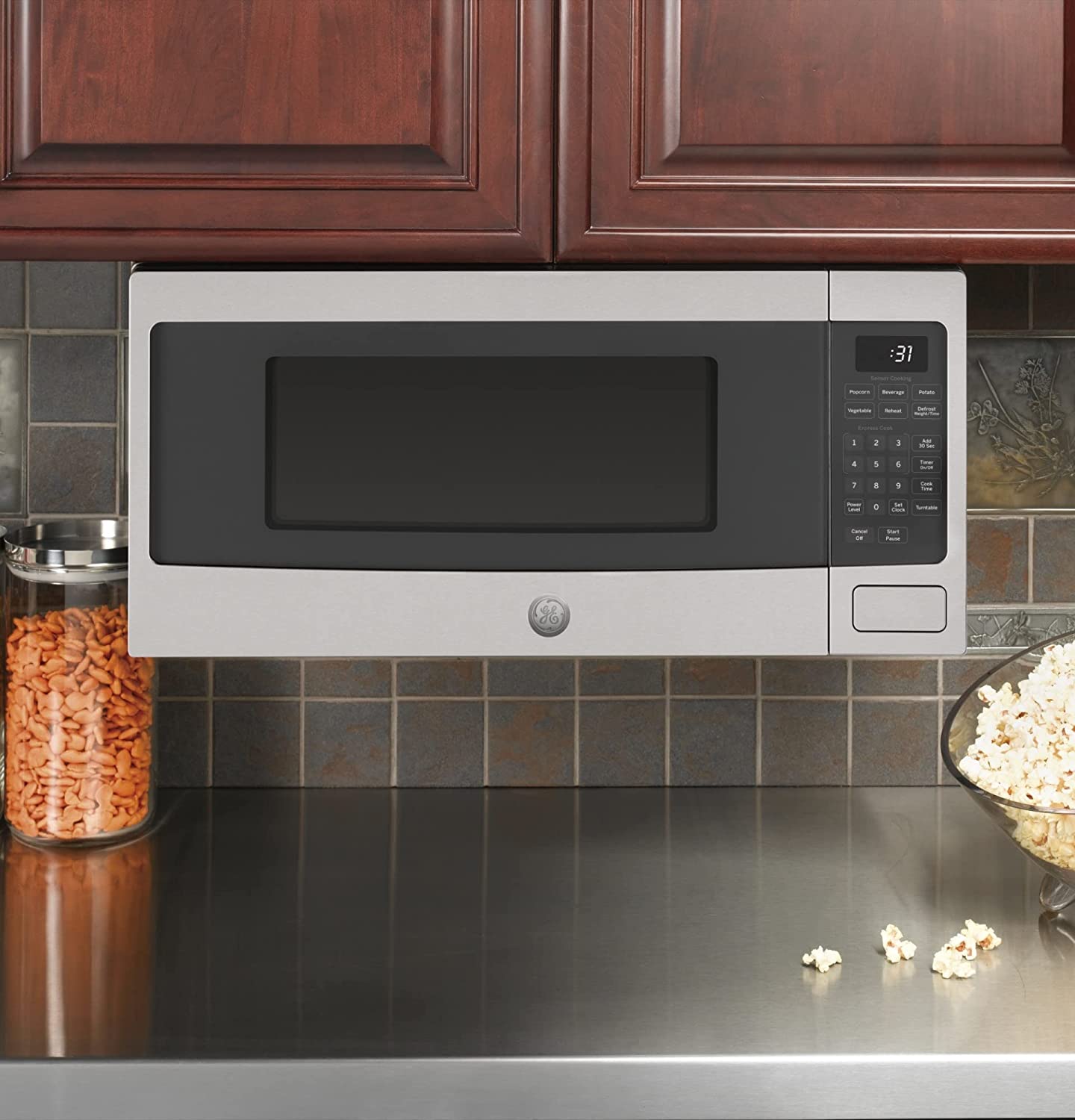
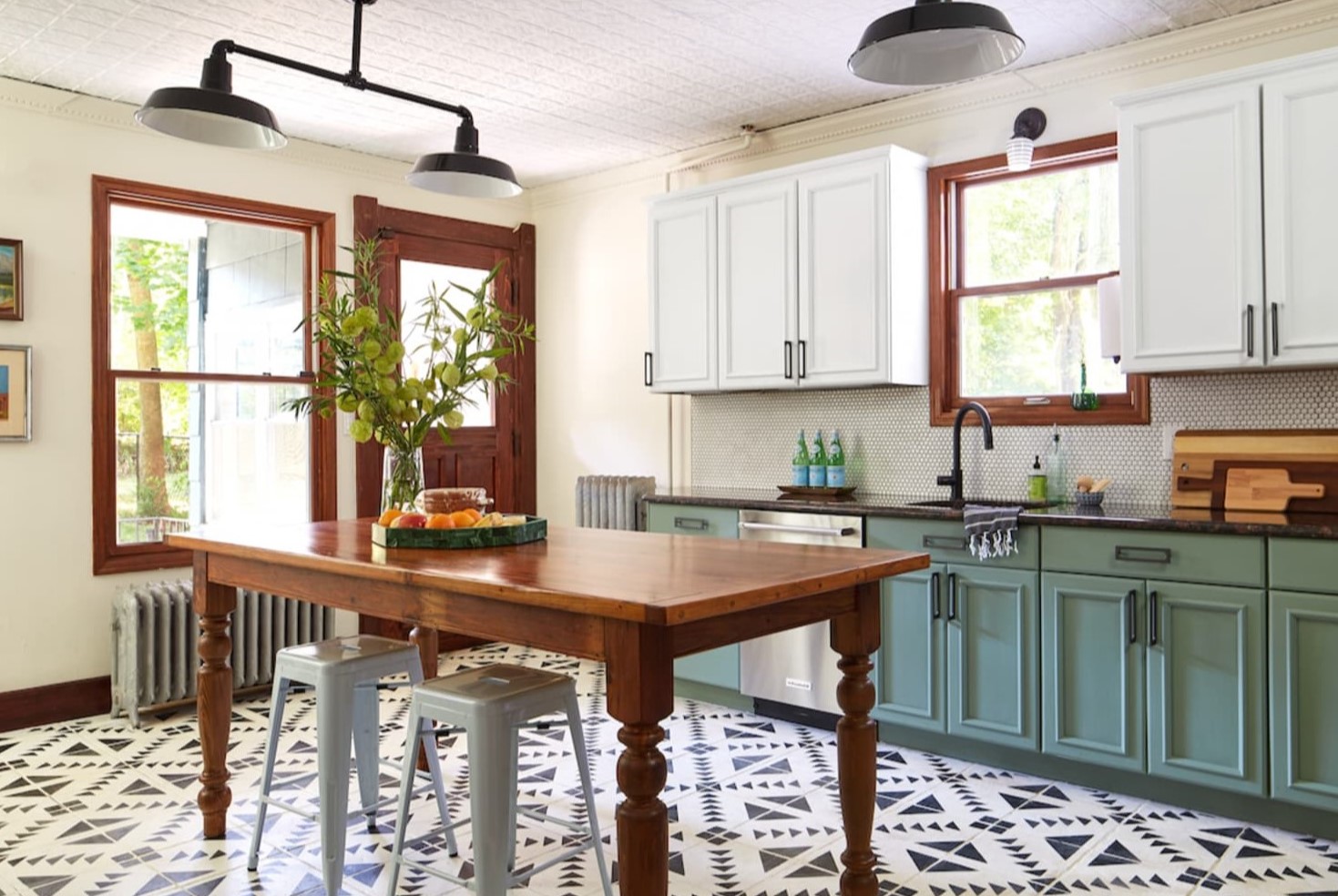
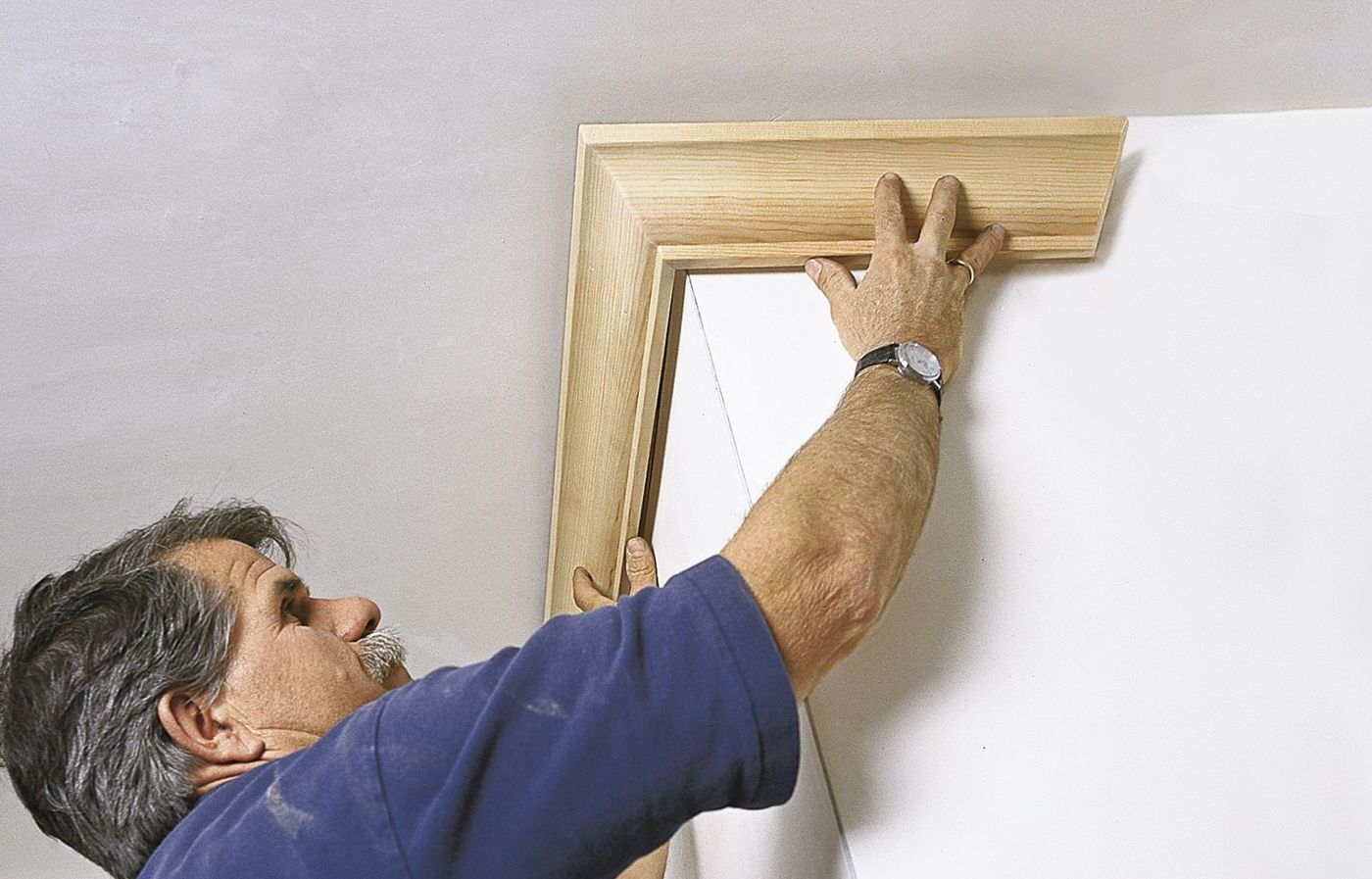
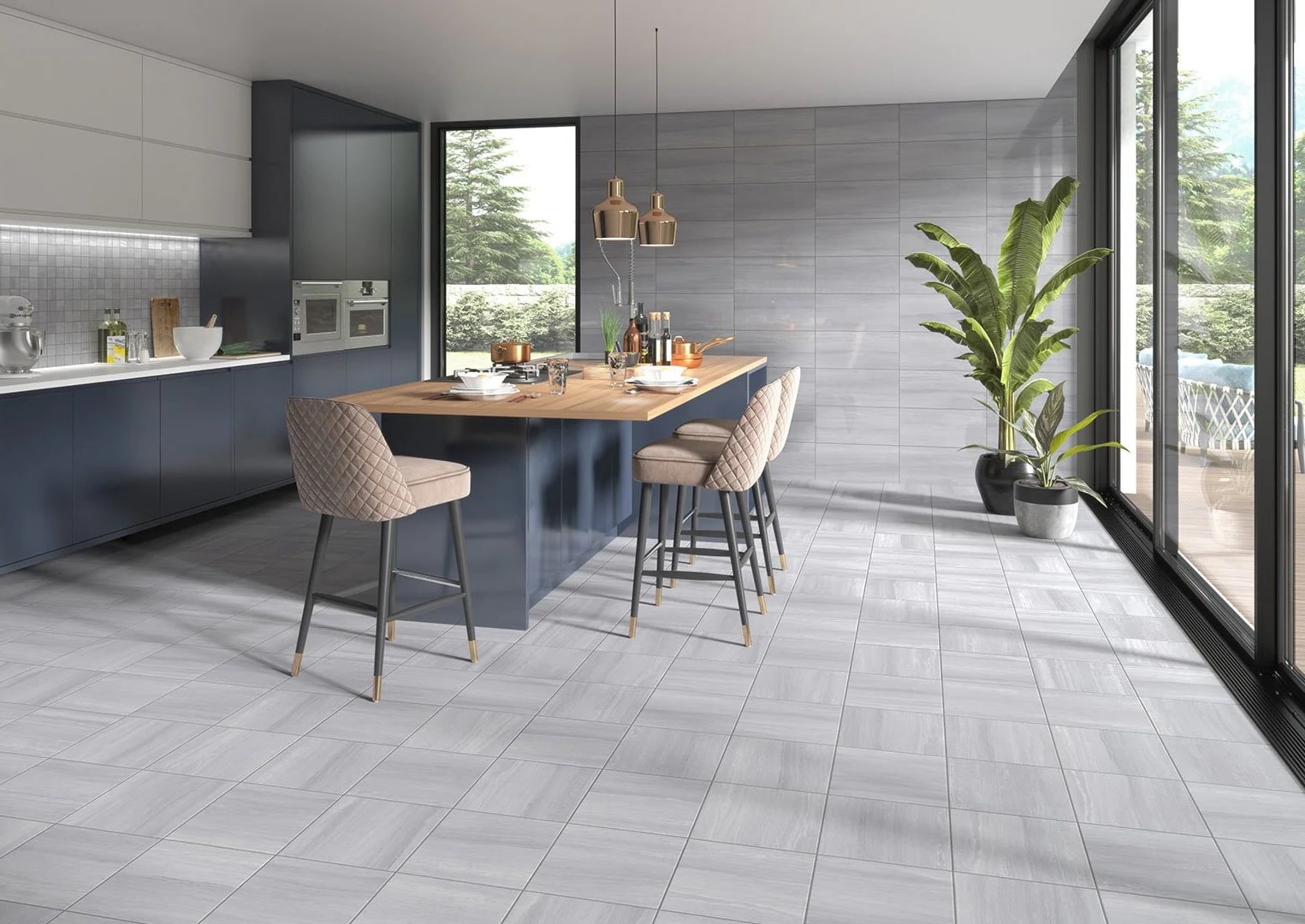
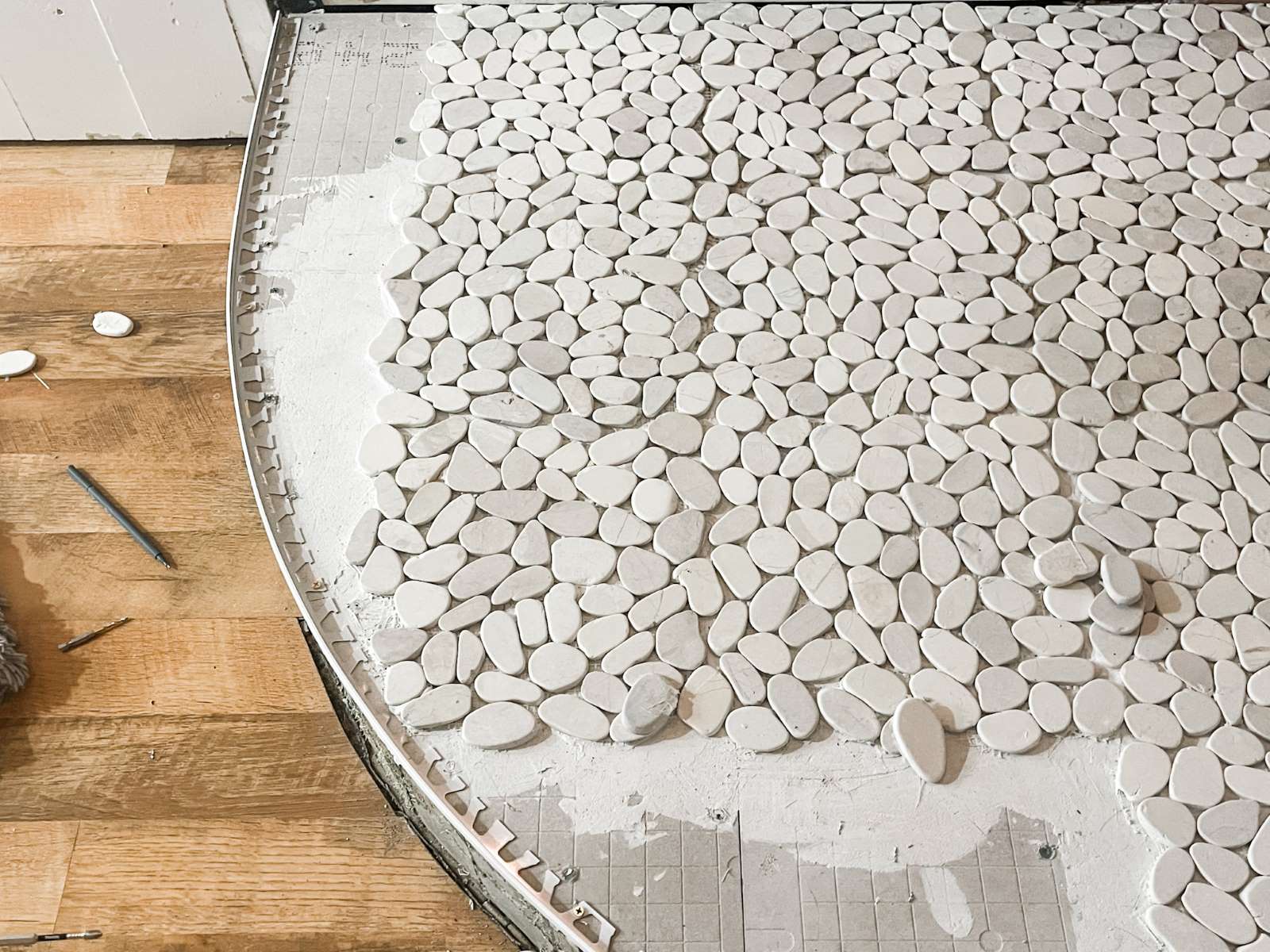
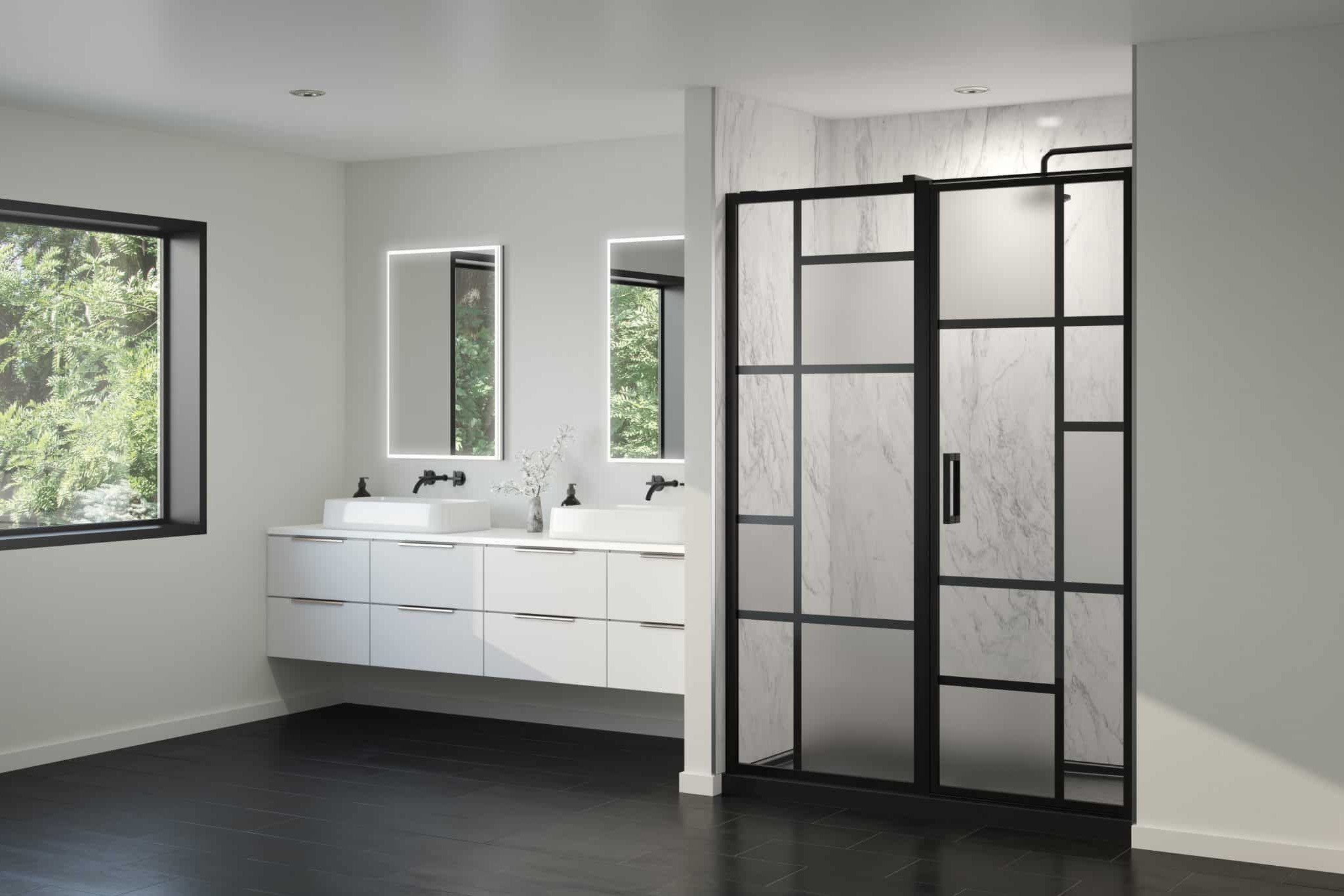

0 thoughts on “DIY Guide To Installing A Kitchen Under-Cabinet Herb Growing System”